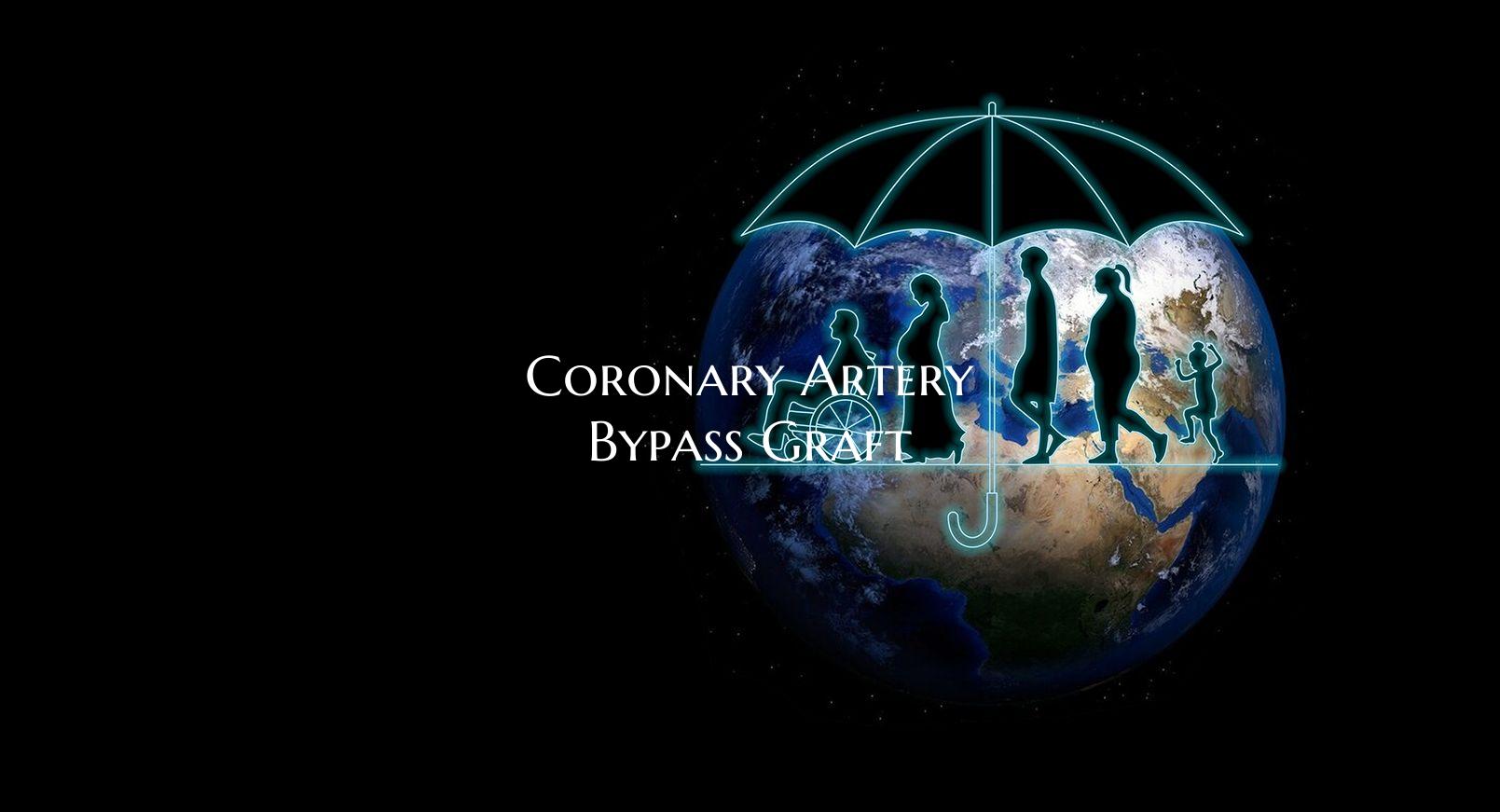
Coronary Artery Bypass Graft
Coronary Artery Bypass Graft (CABG) surgery is a common procedure used to improve blood flow to the heart muscle in patients with severe coronary artery disease. This surgery is typically recommended when there are blockages in the coronary arteries that restrict blood flow and oxygen to the heart.
During a CABG procedure, a surgeon creates new pathways for blood to flow to the heart by bypassing the blocked or narrowed arteries. This is usually done using a healthy blood vessel harvested from another part of the body, such as the leg or chest wall. The bypass graft allows blood to detour around the blockage, restoring proper blood flow to the heart.
There are different types of coronary artery bypass grafts, including single, double, triple, or quadruple bypass surgeries, depending on the number of blockages that need to be bypassed. The choice of graft and the number of bypasses required depend on the individual patient's condition and the location and severity of the blockages.
CABG is a major surgical procedure that is performed under general anesthesia. While it is considered a safe and effective treatment for coronary artery disease, there are risks associated with any surgery, such as bleeding, infection, and complications related to anesthesia. Patients undergoing CABG will typically stay in the hospital for several days after the surgery for monitoring and recovery.
After the surgery, patients will need to follow a comprehensive rehabilitation program to aid in their recovery and improve their heart health. This often includes cardiac rehabilitation, lifestyle changes, and medications to manage any underlying heart conditions.
In conclusion, Coronary Artery Bypass Graft surgery is a common and effective treatment for patients with severe coronary artery disease. It aims to restore blood flow to the heart muscle and improve heart function. While it is a major surgery, with proper care and follow-up, many patients experience significant improvement in their heart health and quality of life post-CABG.